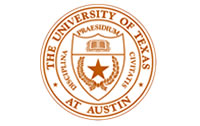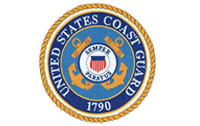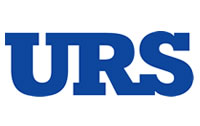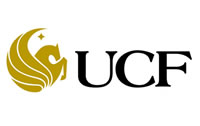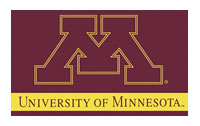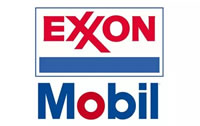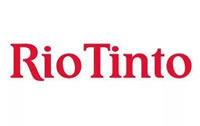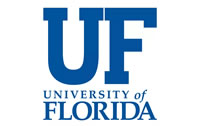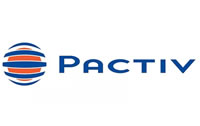Written By Tom Morarity
The U.S. economy is like an overloaded, underpowered airplane bouncing down the runway. As it picks up speed it bounces a little, gets up in the air, then it comes down, bouncing again before catching more air. Eventually, as the throttle is mashed and the ground speed increases, physics will take over and the plane will rise into
the air; slowly at first, then it increases altitude rapidly.
In much the same way, the U.S. economy is bouncing along. It will eventually gain enough momentum to overcome the problems and bad decisions that have weighed down our economy. A primary drag on our economy has to do with uncertainty. Uncertainty comes from new healthcare laws, activist execu-
tive branch regulators, and policies that pick winners and losers. When businesses don’t know what to expect there is a bias toward minimizing risk by conserving capi-
tal and deferring projects.
Stepping back and taking a rational look at the big picture, the pendulum has probably swung to the left as far as it is going to. We are approaching the current These issues will become apparent in production reliability and labor efficiency. administration’s bell lap and the elections in 2012 are likely to shift the balance of power. The shift in power will, hopefully, tend to reduce uncertainty and eliminate drag on the economy.
As the economy begins to pick up, the oil, gas, mineral and chemical industries will see increases in demand. It will require the companies in these industries to respond; first by adding shifts, then by utilizing all the capacity they have, as efficiently as they can, then by adding capacity. In order to keep pace, companies will need experienced operators, maintainers and support personnel. To capitalize on the rebounding economy companies will also need to be effective and efficient at managing human resources and increasing reliability of physical assets.
There are some issues to anticipate. The same aging work force issues experienced before the economic downturn will be apparent again. Except we’re now three years farther down the road; experienced workers continue to retire and the numbers of replacement workers have not kept pace. So how do you prepare for the likelihood that the economy is going to improve and there will be a need to increase production and to obtain and retain great workers?
Start now. Be prepared through positioning your organization by taking a good look at how well you manage your maintenance program. Establish control and stability of your work management processes. Designing and documenting a good work management process takes a few weeks. Training people to follow processes can be done in a couple of weeks. It takes one to three years for people to routinely follow a process before it becomes common practice and perhaps up to five years for it to become the new culture.
Capture important data. Measure work management processes and physical asset reliability. Employ good leadership and management practices to recognize and improve processes and performance. Strong processes allow you to achieve high rates of preventive maintenance and predictive maintenance completion. This will lead to fewer unplanned equipment casualties, and therefore better equipment reliability and production availability. You also get the most out of your experienced workers before they ride off into the sunset; capturing their knowledge and getting the most productive work out of your entire team.
Control and stability of work management processes will reduce unplanned downtime and allow you to make significant improvements in production avail-
ability. Production availability increases lead to higher capacity utilization and more revenues at lower cost; also known as margin expansion.
Good work management performance typically generates between 20-percent to 30-percent improvement in labor efficiency. And don’t forget about building reliability into capacity expansion or new plant construction.
My crystal ball is telling me the organizations that anticipate and prepare for the coming business upswing will be glad they did.
For more information, contact
Tom Moriarty, PE, CMRP at tjmpe@
alidade-mer.com or (321) 773-3356.


